Twisted pair transmitter generally refers to a device that uses a network cable to transmit video. The twisted pair transmission uses the differential transmission principle to convert a video signal into a video signal of equal amplitude and opposite polarity at the transmitting end, and transmits the signal through the twisted pair. At the receiving end, two video signals with opposite polarities are subtracted into a normal video signal, so that common mode interference can be effectively suppressed. Even in a strong interference environment, the anti-interference ability is much better than that of the coaxial cable, and The processing of the video signal, the transmitted image signal is also clearer than the coaxial cable, and the same network cable does not interfere with each other.
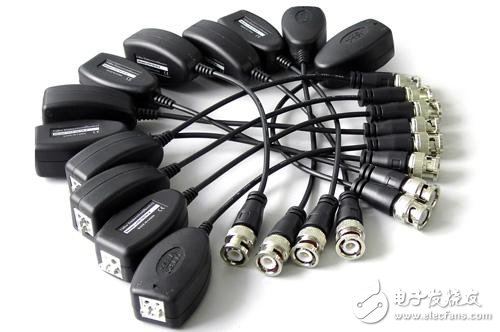
There are many ways to route twisted pair transmitters. The best way to route them is to match the engineering. Therefore, we need to combine several methods according to the engineering situation.
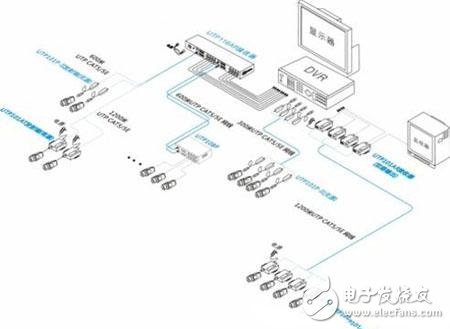
1, point to point:
Each monitoring point pulls a network cable or a 2-pair four-core super Category 5 line. If this point requires a control signal, the remaining lines of the two pairs can be used to transmit control signals.
2, a string of strings:
Pull a network cable every four monitoring points. When wiring, first divide the four channels of the accessory into one area. Pass the network cable through the four points in the near and far order. At each point, pull out the outer skin and take out one pair of lines for one camera. use.
3, first concentrate and send :
First, the signals of the camera are concentrated together through the coaxial line, enter the multi-channel transmitter, and then transmitted back to the monitoring center through a network cable.
4, tree structure:
The two pairs of 4-core twisted pair cables are used to pull the signals of the dispersed monitoring points to a relatively concentrated place, and then pulled back to the monitoring center through 4 pairs or a large logarithmic super Category 5 twisted pair.
All of the above wiring joints must be joined by soldering and wrapped after welding to prevent water ingress and oxidation.
Twisted pair transmitter application1. A network cable transmits a signal:
This method is relatively wasteful, but if it is a pan/tilt, we can use the remaining pair of lines as the control signal line.

2. One network cable transmits 4 signals:
This method is more economical and is generally used in the case of fixed cameras that are grouped together.
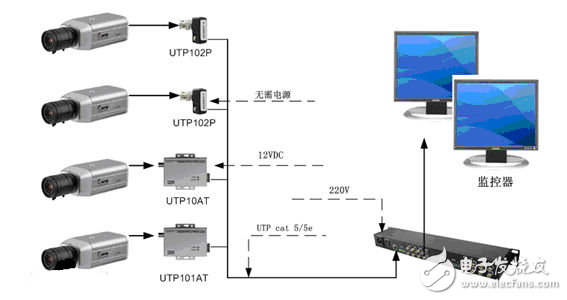
3, a network cable transmits 4 signals
First pull each point to A with a pair of twisted pairs (telephone lines) and then transmit them to the receiver through the main road.
This method is more flexible and generally used in four more scattered points. This method is very economical, but pay attention to the processing of the joint, such as: point A.
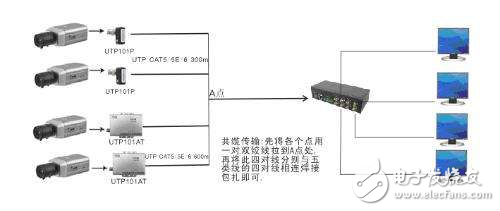
4, first concentrate and then transmit
First, pull the video signals from each place to a point through the coaxial line, concentrate on using a multi-channel transmitter, or install a waterproof box at this point, and install the single-channel transmitters into the box as a launch. end.
If the current camera is too far away from 100 meters, it is recommended not to use this solution. If you need to choose this solution, you must use a better coaxial video cable.
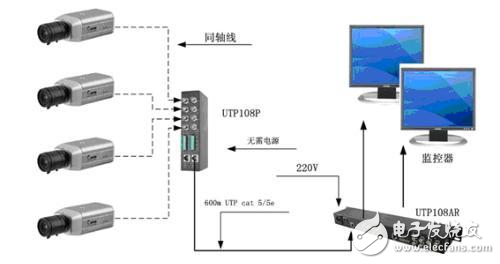
The above methods should be applied together to optimize the entire system.
Escalator Lift,Lift Elevator Escalator,Escalator Traction Machine,Indoor Automatic Travelator
XI'AN TYPICAL ELEVATOR CO., LTD , https://www.chinaxiantypical.com
